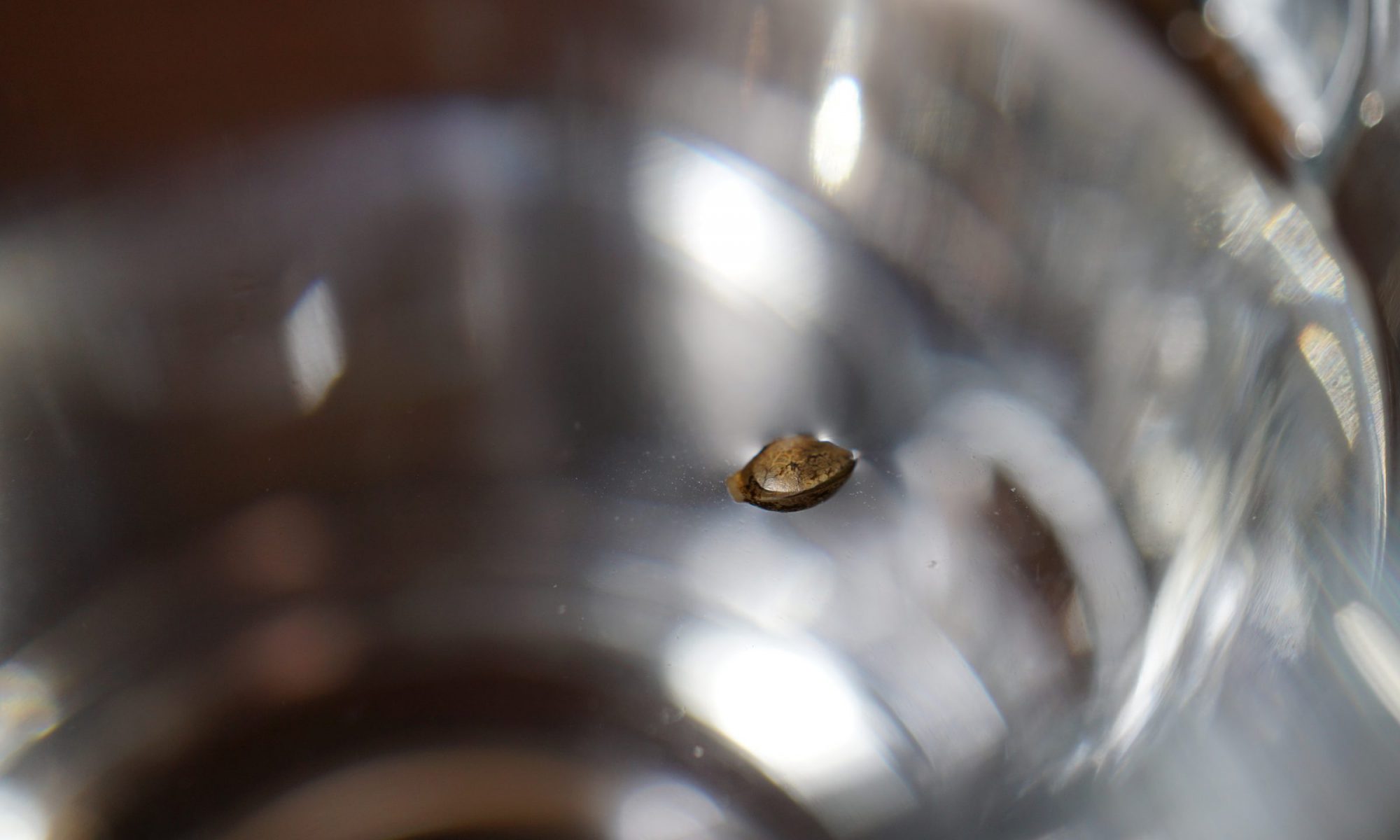
Low Stress Training is how we make the plant grow where we want it to. If the stalk or branches are bent and held in place for a long period of time, they will adapt and change their shape to grow around the resistance instead of fighting it.
Some growers use low stress training to grow a plant in a certain direction while others will use it to completely alter the original path the plant had in mind. The point is that LST is a skill and it can be applied at a varying levels.
When Low Stress Training is applied along side with Topping, the change in shape from a traditional plant can be drastic.

